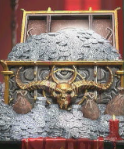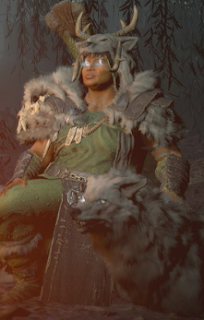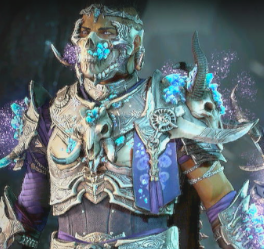Speculation on the Possible Introduction of Paladin and Priest Classes in Diablo 4
As players delve into the world of Diablo 4, many have noticed that certain AI characters frequently mention the Paladin and Priest classes. This has sparked speculation among the community about the potential introduction of these iconic classes in the game. This article explores the evidence and implications of adding Paladin and Priest classes to Diablo 4, considering their historical significance and gameplay mechanics.
Historical Context:
The Paladin and Priest classes have been staples of the Diablo series since the original game. Known for their holy powers and ability to wield divine magic, these classes offer players unique gameplay experiences centered around healing, support, and righteous combat. Their absence in Diablo 4 thus far has left many fans curious about their potential inclusion.
Hints and References in AI Dialogue:
Throughout Diablo 4, AI characters often mention Paladins and Priests in their dialogue, hinting at their existence within the game world. These references suggest that these classes are known entities within the lore of Diablo 4, raising the possibility that players may encounter them as NPCs or even play as them in future updates or expansions.
Gameplay Potential:
The addition of Paladin and Priest classes could significantly impact gameplay in Diablo 4. Paladins, known for their prowess in melee combat and ability to heal allies, would offer players a durable and supportive class option. Priests, on the other hand, could specialize in powerful healing spells and blessings, making them invaluable in group play and support roles.
Balancing Considerations:
Introducing new classes like the Paladin and Priest would require careful balancing to ensure they fit seamlessly into Diablo 4's existing gameplay mechanics. Balancing factors such as damage output, survivability, and utility would be crucial to maintaining the game's overall balance and ensuring that new classes do not overshadow existing ones.
Community Response and Expectations:
The prospect of new classes like the Paladin and Priest has generated excitement and speculation within the Diablo community. Players are eager to see how these iconic classes will be implemented and how they will impact the game's meta and strategies. However, there is also a sense of cautious optimism, as players hope that the introduction of new classes will enhance the overall gameplay experience without overshadowing existing content.
Conclusion:
While the inclusion of Paladin and Priest classes in Diablo 4 remains speculation at this point, the hints and references scattered throughout the game suggest that there is a possibility of their introduction in future updates or expansions. Whether as playable classes or prominent NPCs, the addition of these iconic classes would undoubtedly enrich the lore and gameplay of Diablo 4, offering players new ways to experience the world of Sanctuary. As the game continues to evolve, players can only wait with anticipation to see if the Paladin and Priest will make their triumphant return to the world of Diablo.










